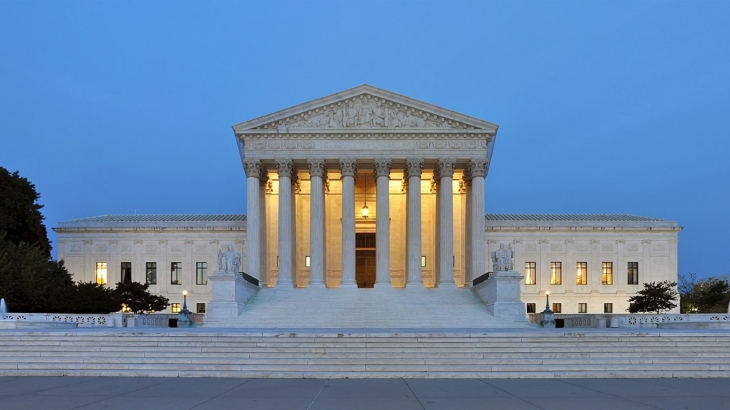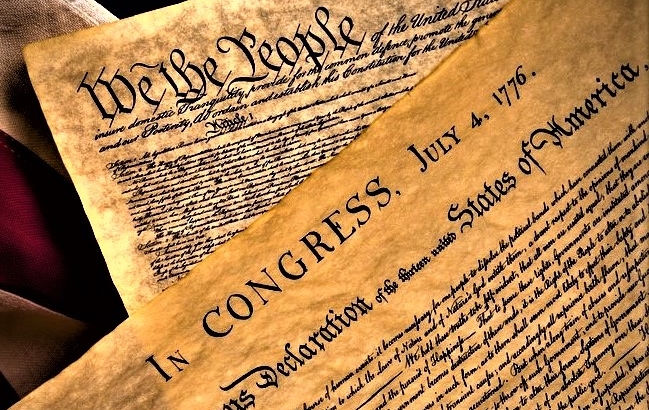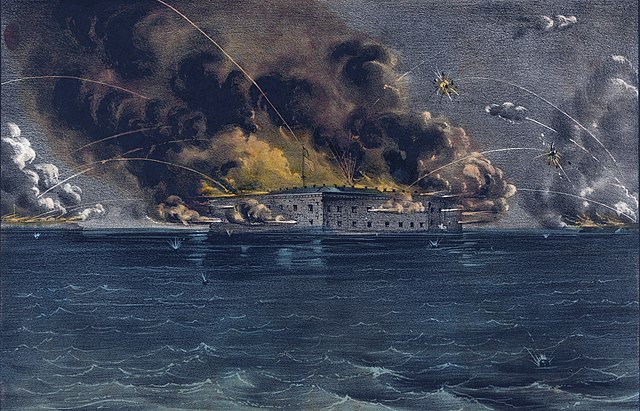
Essay Read by Constituting America Founder, Actress Janine Turner
It has been around since the Middle Ages. It’s been called the second Magna Carta by some, and the “great writ” by others. What we are referring to is habeas corpus, a Latin phrase meaning “you should have the body.” Put most simply, habeas corpus allows a person who has been detained the chance to challenge that detention in court. This prevents the government from holding an individual indefinitely without bringing charges against them. In the American system of justice, habeas corpus applies both at the federal and state level.
While some scholars locate the origin of habeas corpus in Roman law, a less disputed claim is that habeas corpus originated in Article 39 of the Magna Carta. Article 39 held that “no Freeman shall be taken, or imprisoned…but by lawful Judgment of his Peers, or by the Law of the Land.” It is true that this does not necessarily speak directly to habeas corpus as it is understood today, but it seems to have something like habeas corpus in mind. From this starting point, though, habeas corpus evolved in the English courts and sheriffs could be served with the writ. A court could then issue an order to release a prisoner if it was found he or she was being held without cause.
The modern understanding of habeas corpus arose out of conflicts between Parliament and the king in the 17th Century. The Petition of Right in 1628 charged that the king’s jailers were ignoring the writs and were illegally detaining English subjects. In 1679, Parliament passed the Habeas Corpus Act, which applied to sheriffs and jailers who were causing delays in releasing prisoners. The Act imposed strict deadlines for responding to the writ and imposed heavy fines if sheriffs or jailers did not act promptly. By this point habeas corpus had come into its own in Britain, but it still needed to make its way to the new world.
When the United States Constitution was written, the writ of habeas corpus was the only English common law writ given specific reference in the document. Article I, Section 9 of the document provides that “the privilege of the writ of habeas corpus shall not be suspended, unless when in cases of rebellion or invasion the public safety may require it.” This became known as the Suspension Clause and it both recognized the existence of the writ of habeas corpus and stipulated the conditions under which it could be withheld. Two years later, in the Judiciary Act of 1789, Congress provided that both justices of the U.S. Supreme Court and judges of the federal district courts “have the power to grant writs of habeas corpus for the purpose of inquiry into the cause of commitment.” Importantly, though, this law only applied to people in custody by the federal government or being tried in federal courts. Federal judges thus did not have the power to extend the writ to prisoners in the states.
During the Civil War, the Suspension Clause was put into effect by President Abraham Lincoln at the beginning of the war to deal with saboteurs and traitors operating in the state of Maryland. Under the suspension of the writ, John Merryman was arrested by military authorities, and was detained at Fort McHenry outside of Baltimore. Merryman’s lawyer petitioned Supreme Court Justice Roger Taney for a writ of habeas corpus. The issue in Ex parte Merryman was whether Lincoln, as president, could constitutionally suspend the writ in a case of rebellion. That the country was in a state of rebellion no one had any doubt. But the Constitution located the Suspension Clause in Article I, which dealt with the powers of Congress. This seemed to make it a legislative power and, therefore, one the president could not exercise alone. Lincoln believed the suspension of the writ could be undertaken by either the president or Congress, especially if Congress was not in session when an emergency began.
Taney disagreed with Lincoln and held that Lincoln had violated the Suspension Clause by suspending the writ. Yet, Taney seemed to recognize the limited scope of his power and, therefore, did not order Merryman’s release. Instead, he filed his opinion with the U.S. Circuit Court of Maryland and ordered that a copy of the opinion by delivered to the president. Taney concluded that “it will then remain for that high officer…to determine what measures he will take to cause the civil process of the United States to be respected, and enforced.” In the end, the Merryman decision became a moot point as Congress retroactively approved the suspension and passed sweeping legislation that authorized Lincoln to suspend the writ for the duration of the war. Moreover, the case left unanswered the question of who has the actual power to suspend the writ since Taney did not write in his capacity as Chief Justice and, therefore, the case did not become Supreme Court precedent.
During Reconstruction, in tandem with the passage of the Fourteenth Amendment, Congress passed the Habeas Corpus Act of 1867. This Act provided “That the several courts of the United States, and the several justices and judges of such courts, shall have power to grant writs of habeas corpus in all cases where any person may be restrained of his or her liberty in violation of the Constitution, or of any treaty or law of the United States.” What this meant, significantly, is that federal judges could now issue writs to state prisoners in state cases for violations of their constitutional rights. While this expanded protections for those charged with crimes throughout the United States, it also created a great deal of tension between the states and the national government and raised issues of federalism. Clearly, therefore, the issues related to habeas corpus have not all been resolved, yet it remains without question one of our most important civil liberties.
 Eric C. Sands is Associate Professor of Political Science and International Affairs at Berry College. He has written a book on Abraham Lincoln and edited a second volume on political parties. His teaching and research interests focus on constitutional law, American political thought, the founding, the Civil War and Reconstruction, and political parties.
Eric C. Sands is Associate Professor of Political Science and International Affairs at Berry College. He has written a book on Abraham Lincoln and edited a second volume on political parties. His teaching and research interests focus on constitutional law, American political thought, the founding, the Civil War and Reconstruction, and political parties.



 Essay Read by Constituting America Founder, Actress Janine Turner
Essay Read by Constituting America Founder, Actress Janine Turner
 https://en.wikipedia.org/wiki/American_Civil_War#/media/File:Bombardment_of_Fort_Sumter.jpg
https://en.wikipedia.org/wiki/American_Civil_War#/media/File:Bombardment_of_Fort_Sumter.jpg